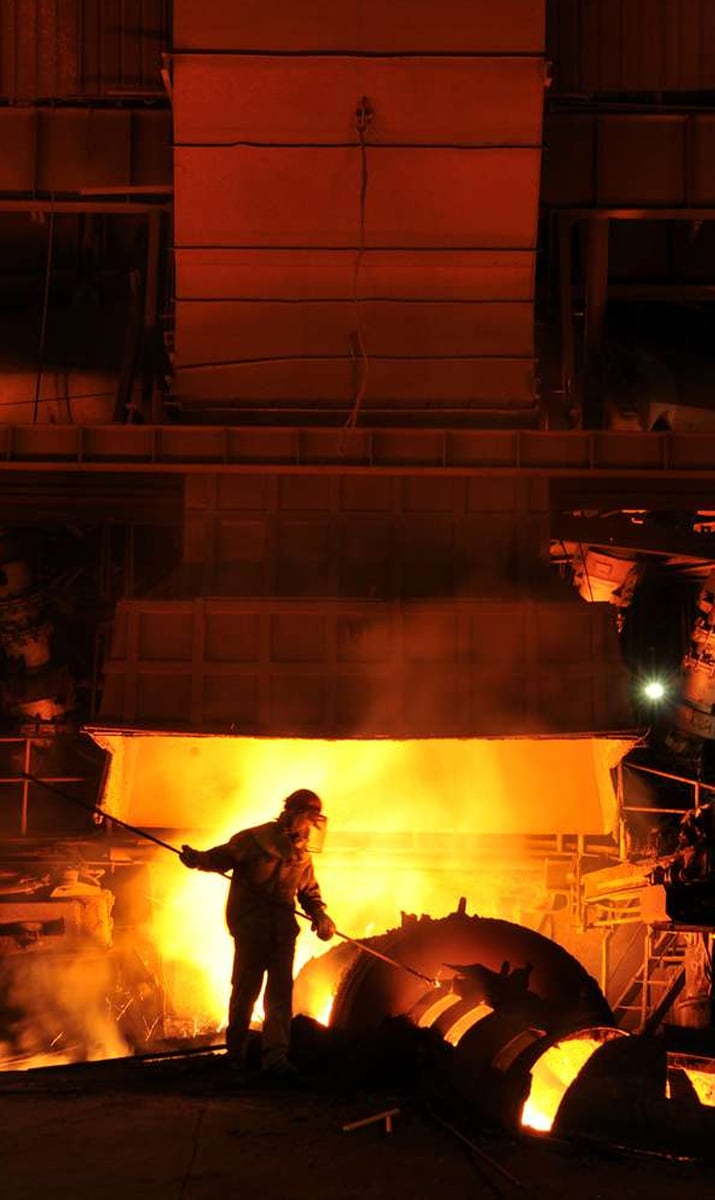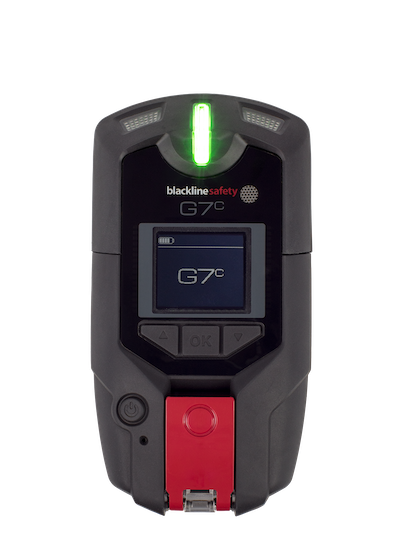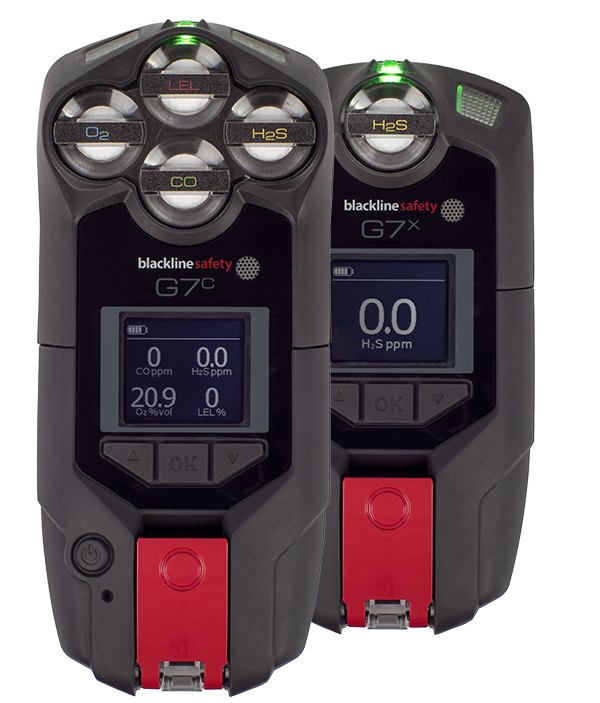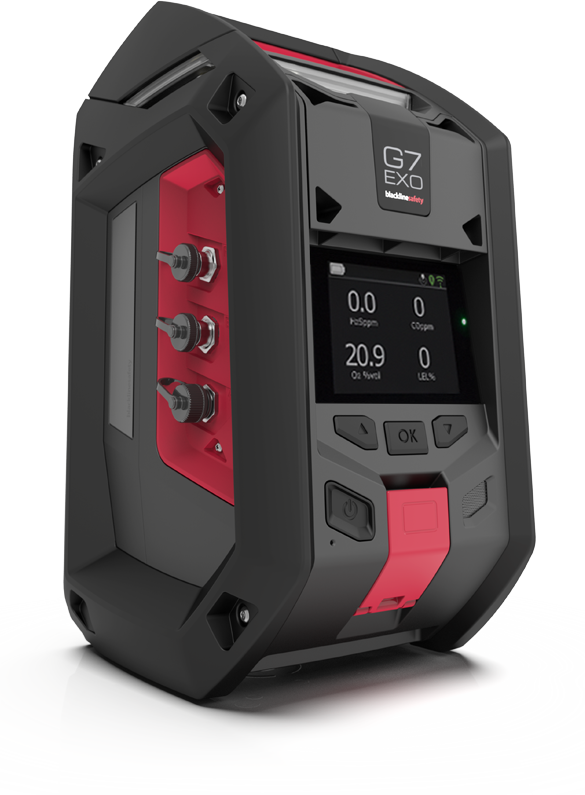POWERING DATA-DRIVEN SAFETY.
Steel is versatile and is widely used in various industries from construction and infrastructure to transportation, appliances, and machinery. It's manufactured through a process called steelmaking, which involves melting iron and adding small amounts of carbon and other elements to create a material with specific properties. This is completed by either the Basic Oxygen Furnace route or the more modern - Electric Arc Furnace method.
The many processes involved in steelmaking can generate toxic and combustible gases, which pose a risk to worker safety— some of these include:
- Carbon monoxide (CO) is produced during the blast furnace process which involves the reduction of iron ore with carbon-based fuel. With the potential presence of H2 (e.g. in Flash Ironmaking Technology process), hydrogen-resistant CO sensors should be used.
- Carbon is driven off as carbon dioxide (CO2) when pure oxygen is delivered to pig iron to leave crude steel.
- Combustibles such as hydrogen (H2) produced when water reacts with hot metal. Another is methane (CH4) which is created during the coking process.
- Hydrogen sulfide (H2S) is created during the decomposition of sulfur-containing compounds.
- Nitrogen oxides (NOx)
- Sulfur dioxide (SO2) is produced when sulfur-containing materials are heated.
- VOCs, such as benzene, are a byproduct during coke production.
Employers should ensure appropriate ventilation systems, gas detection systems, personal protective equipment, and safe handling procedures are all followed.









